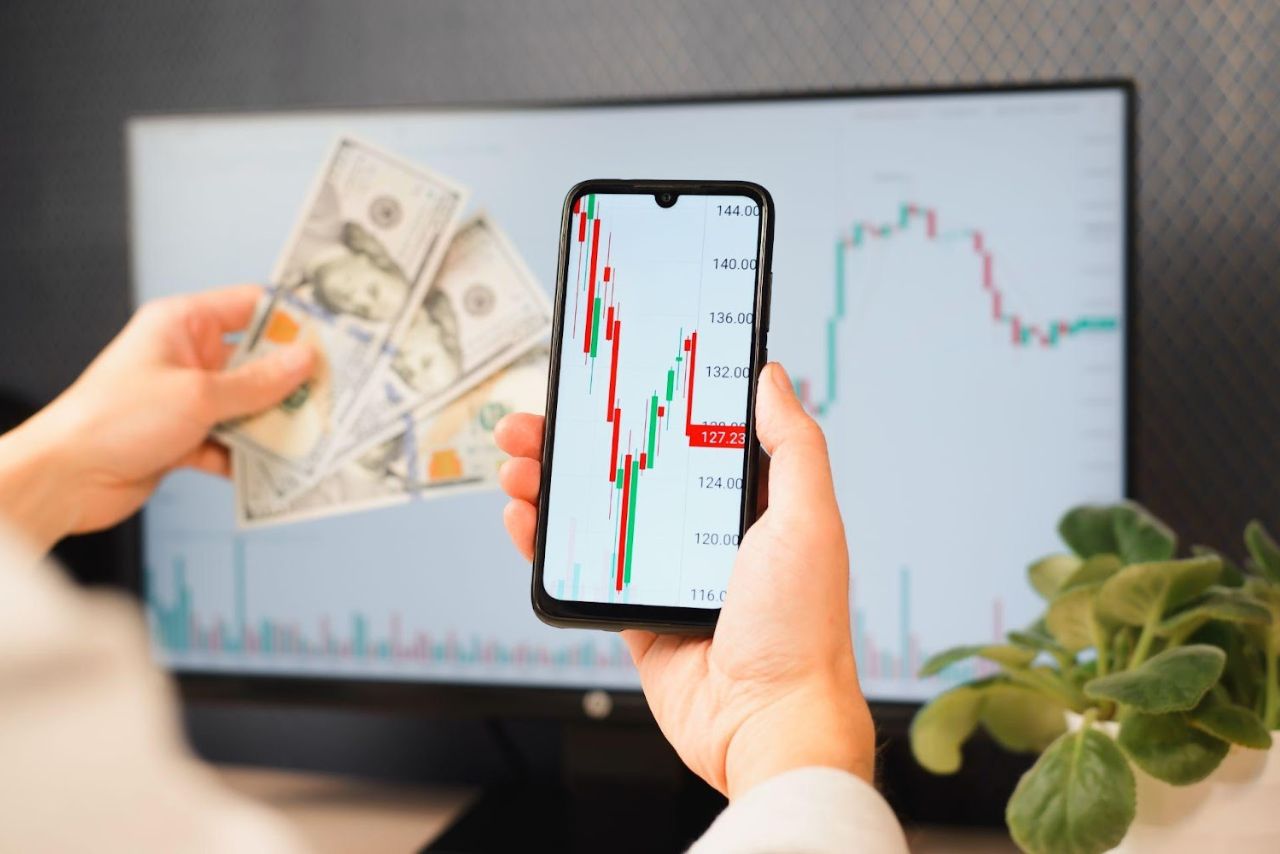


Introduction:
In the technologically advanced landscape of Forex trading, the right blend of hardware and software is akin to a trader's arsenal. This blog aims to guide Forex enthusiasts through the critical considerations in selecting the right tools, empowering them to execute trades with efficiency, precision, and success.
Section 1: The Trading Hub - Hardware Essentials
1.1. Choosing the Right Computer:
- Evaluating the importance of processing power and RAM for trading computers.
- Considering desktops, laptops, or dedicated trading workstations.
1.2. Multiple Monitors for Multitasking:
- The advantages of using multiple monitors for enhanced visibility.
- Strategies for arranging screens to optimize workflow.
Section 2: Internet Connection - The Lifeline of Forex Trading
2.1. Reliability and Speed:
- The critical role of a stable and high-speed internet connection.
- Identifying the suitable bandwidth for seamless order execution.
2.2. Backup Plans for Internet Outages:
- Strategies for mitigating the impact of internet disruptions.
- The importance of backup plans to prevent potential losses.
"Best forex broker for scalping in India"
Section 3: Trading Platforms - The Heart of Operations
3.1. Selecting the Right Trading Platform:
- Evaluating popular trading platforms and their features.
- Considerations for customization, charting tools, and order execution speed.
3.2. Mobile Trading Apps:
- The convenience and functionality of mobile trading applications.
- Ensuring synchronization between desktop and mobile platforms.
Section 4: Charting Software - Visualizing Market Movements
4.1. Comprehensive Charting Tools:
- The significance of robust charting software in technical analysis.
- Features to look for, including indicators, drawing tools, and timeframes.
4.2. Integration with Trading Platforms:
- Ensuring seamless integration between charting software and trading platforms.
- The benefits of real-time data synchronization.
Section 5: Algorithmic Trading and Automation
5.1. Algorithmic Trading Capabilities:
- The rise of algorithmic trading and its benefits.
- Platforms and languages for developing and executing trading algorithms.
5.2. Automated Trading Systems:
- Exploring pre-built automated trading systems.
- Customizing and optimizing automated strategies for individual preferences.
"Best RBI approved forex broker in India"
Section 6: Security Measures - Safeguarding Your Assets 6.1. Secure Trading Environments: - Protecting sensitive financial data with secure connections. - Using Virtual Private Networks (VPNs) for added security. 6.2. Two-Factor Authentication: - Implementing two-factor authentication for trading accounts. - Strengthening account security to prevent unauthorized access. Section 7: Regular Updates and Maintenance 7.1. Software Updates and Patches: - The importance of keeping trading software and platforms up to date. - Staying informed about new features and security enhancements. 7.2. Hardware Maintenance Practices: - Strategies for maintaining and optimizing trading hardware. - Extending the lifespan of computers and components through regular upkeep. Conclusion: In the dynamic and competitive world of Forex trading, the right blend of hardware and software is a trader's secret weapon. By carefully selecting powerful and reliable hardware, choosing robust trading platforms, utilizing advanced charting tools, and incorporating security measures, traders can create an environment conducive to success. Regular maintenance, updates, and a willingness to adapt to evolving technologies will ensure that the trading setup remains a potent force in the quest for profitable trades. Remember, in the world of Forex, staying ahead often begins with the right technology at your fingertips. "Best low spread forex broker in India"